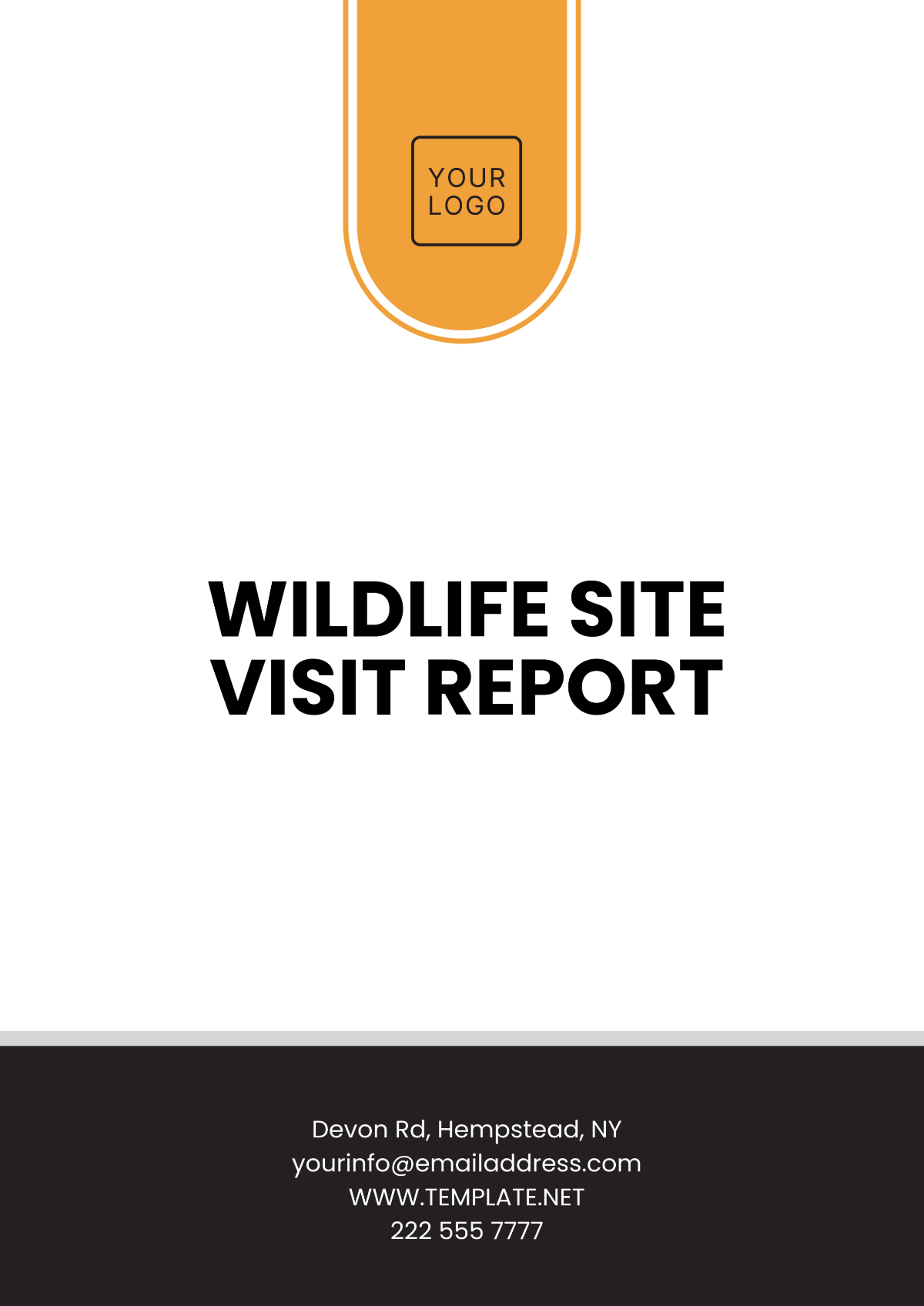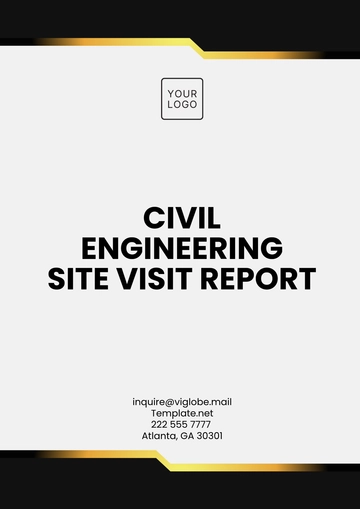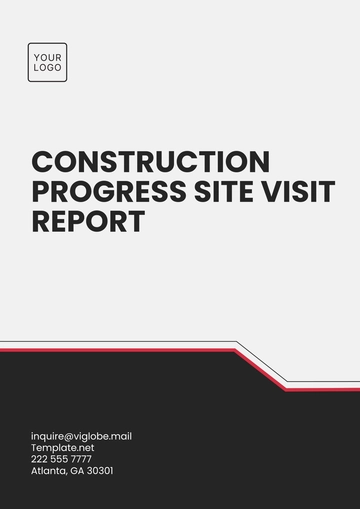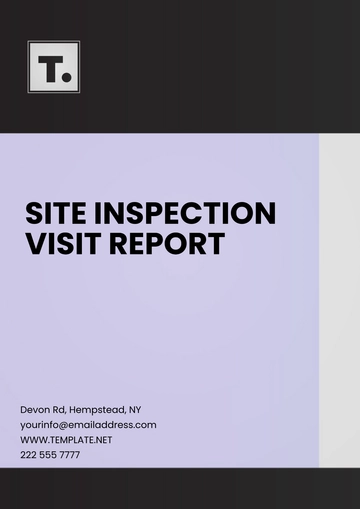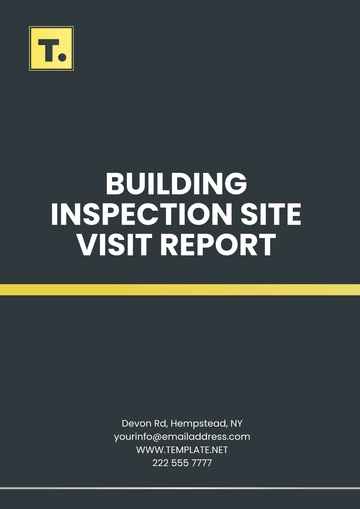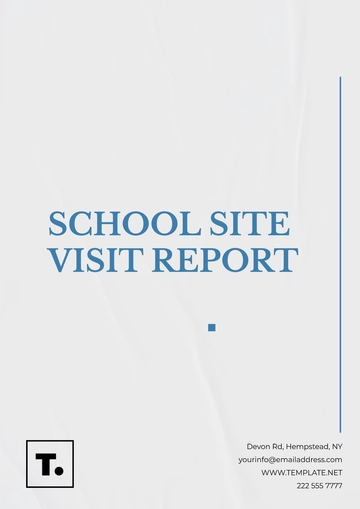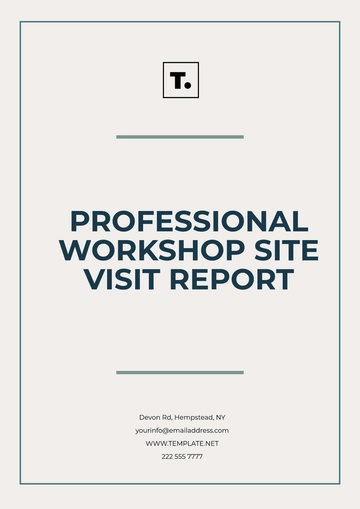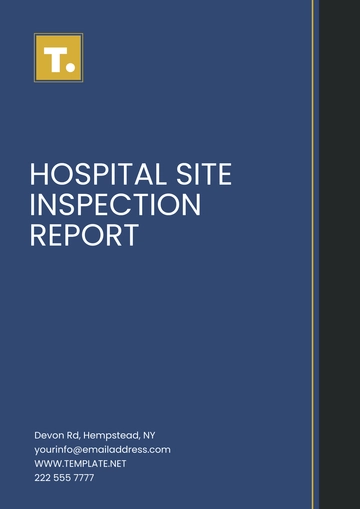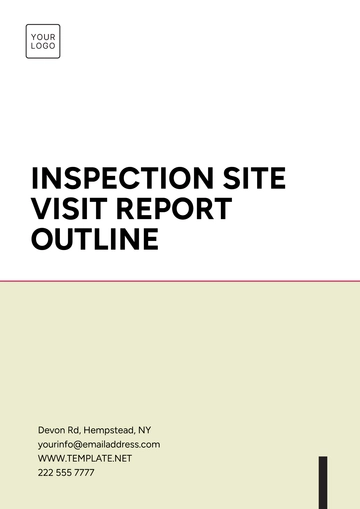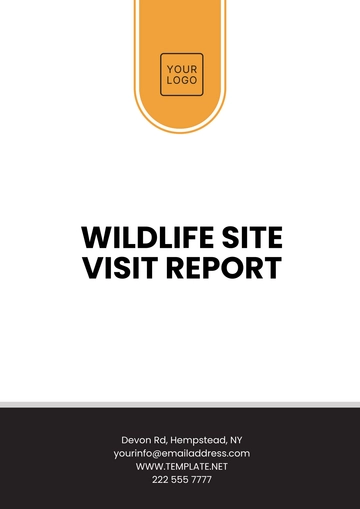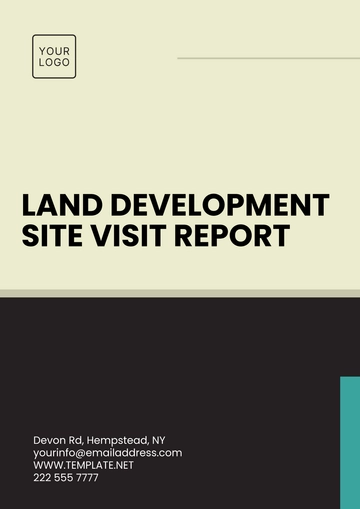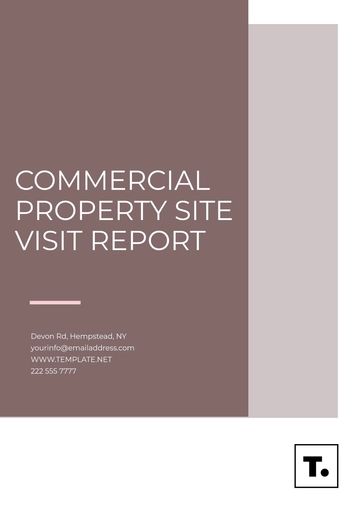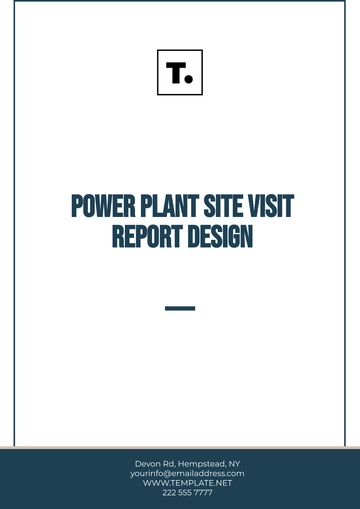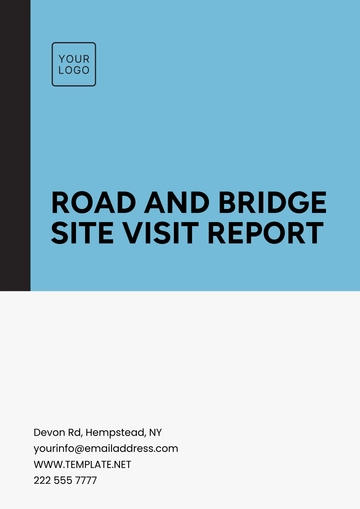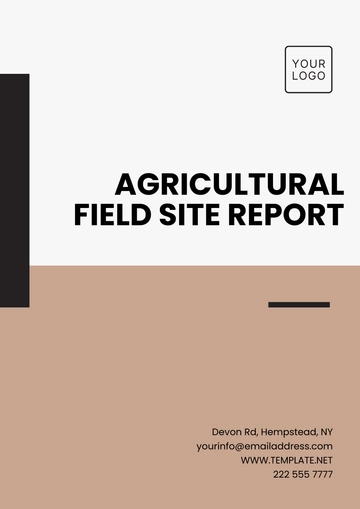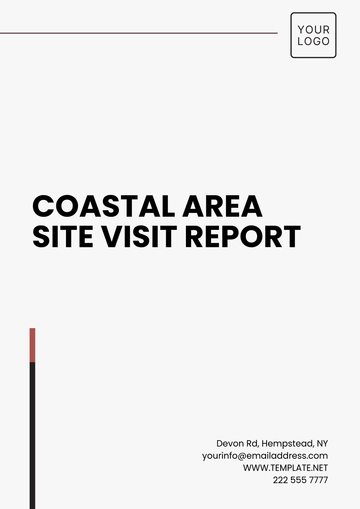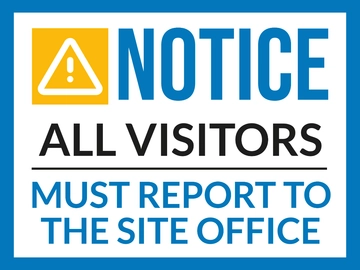WILDLIFE SITE VISIT REPORT
Date of Visit: December 15, 2054
Location: Pembroke Pines, FL 33028
Prepared By: [Your Name], Conservation Biologist
I. Introduction
The visit to Pembroke Pines, FL 33028 aimed to evaluate the sanctuary's current biodiversity, assess habitat conditions, and observe ongoing conservation efforts. The report summarizes key findings, identifies threats to the ecosystem, and proposes actionable recommendations.
II. Objectives
Assess the health of wildlife populations within the sanctuary.
Identify any ecological disturbances affecting flora and fauna.
Evaluate the impact of conservation programs implemented by the sanctuary.
Suggest strategies for improving habitat quality and species protection.
III. Methodology
Observation: Conducted systematic surveys along trails and wetland areas.
Interviews: Engaged with sanctuary staff and local guides for insights.
Documentation: Photographed species and habitat features.
Sampling: Used quadrat sampling to record plant diversity and camera traps for nocturnal animals.
IV. Key Findings
A. Wildlife Observations
Mammals:
Birds:
Reptiles and Amphibians:
Insects:
B. Habitat Conditions
Forest cover is dense in the central zones but fragmented near the sanctuary borders.
Water quality in wetlands showed moderate pollution due to nearby agricultural runoff.
Vegetation included both native species like narra (Pterocarpus indicus) and invasive species such as Lantana camara.
C. Environmental Threats
Evidence of illegal logging observed near the northwestern boundary.
Instances of trash accumulation near visitor trails.
Increased human-wildlife conflict reported in surrounding villages.
D. Conservation Efforts
Active breeding programs for the Philippine deer and Philippine eagle.
Community-driven initiatives like guided eco-tours and conservation workshops.
Patrol teams monitor poaching and logging activities effectively in core zones.
V. Conclusions
The Pembroke Pines, FL 33028 serves as a vital refuge for several endangered species. While conservation programs have shown promising results, challenges such as habitat degradation and pollution must be addressed to ensure long-term ecological balance.
VI. Recommendations
Enhance Habitat Restoration:
Strengthen Anti-Poaching Measures:
Promote Community Engagement:
Water Quality Improvement:
Expand Monitoring Systems:
VII. Attachments
Appendix A: Photos of wildlife and habitats.
Appendix B: Map of surveyed areas.
Appendix C: Species observation data sheets.
Report Templates @ Template.net
